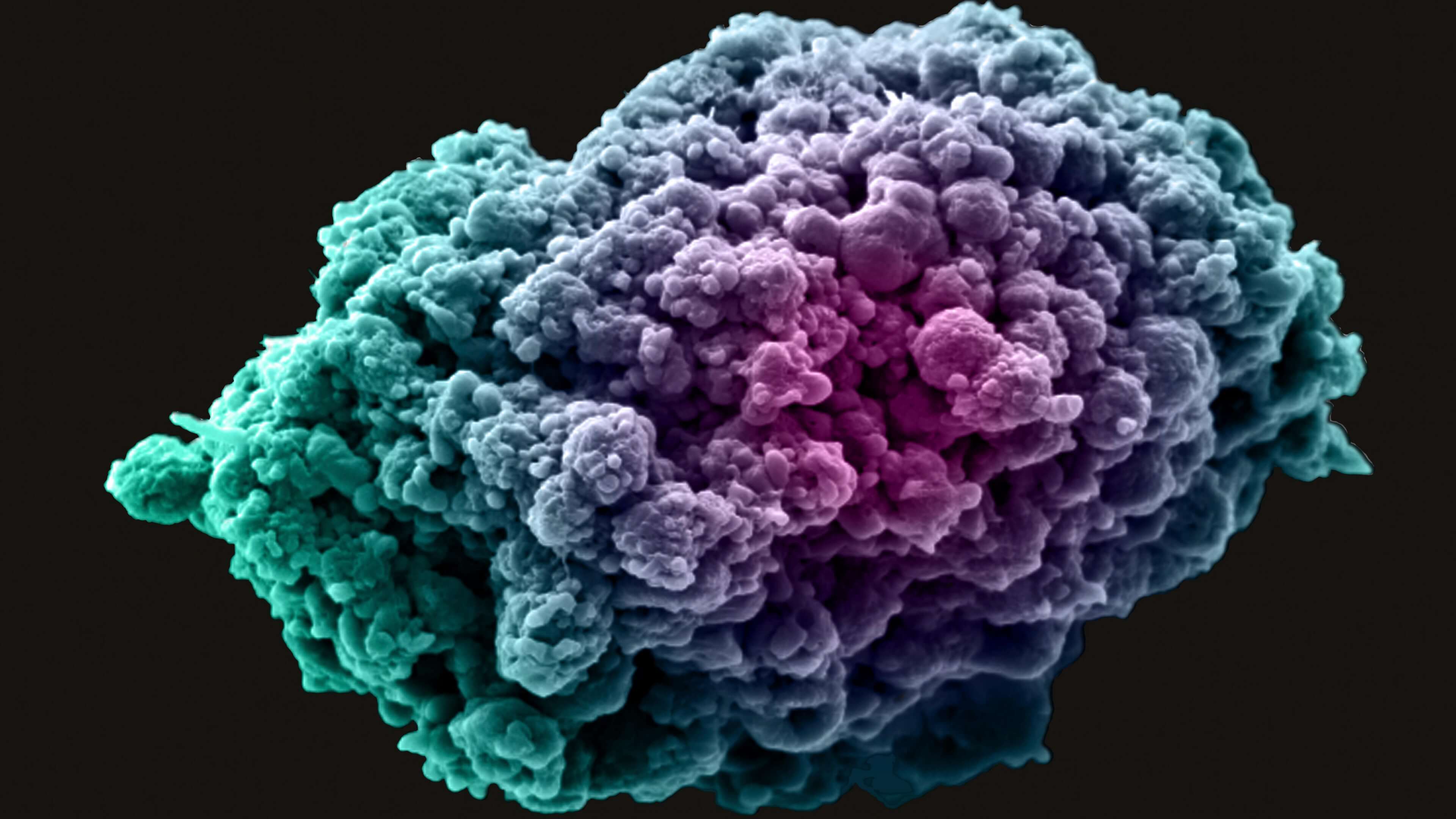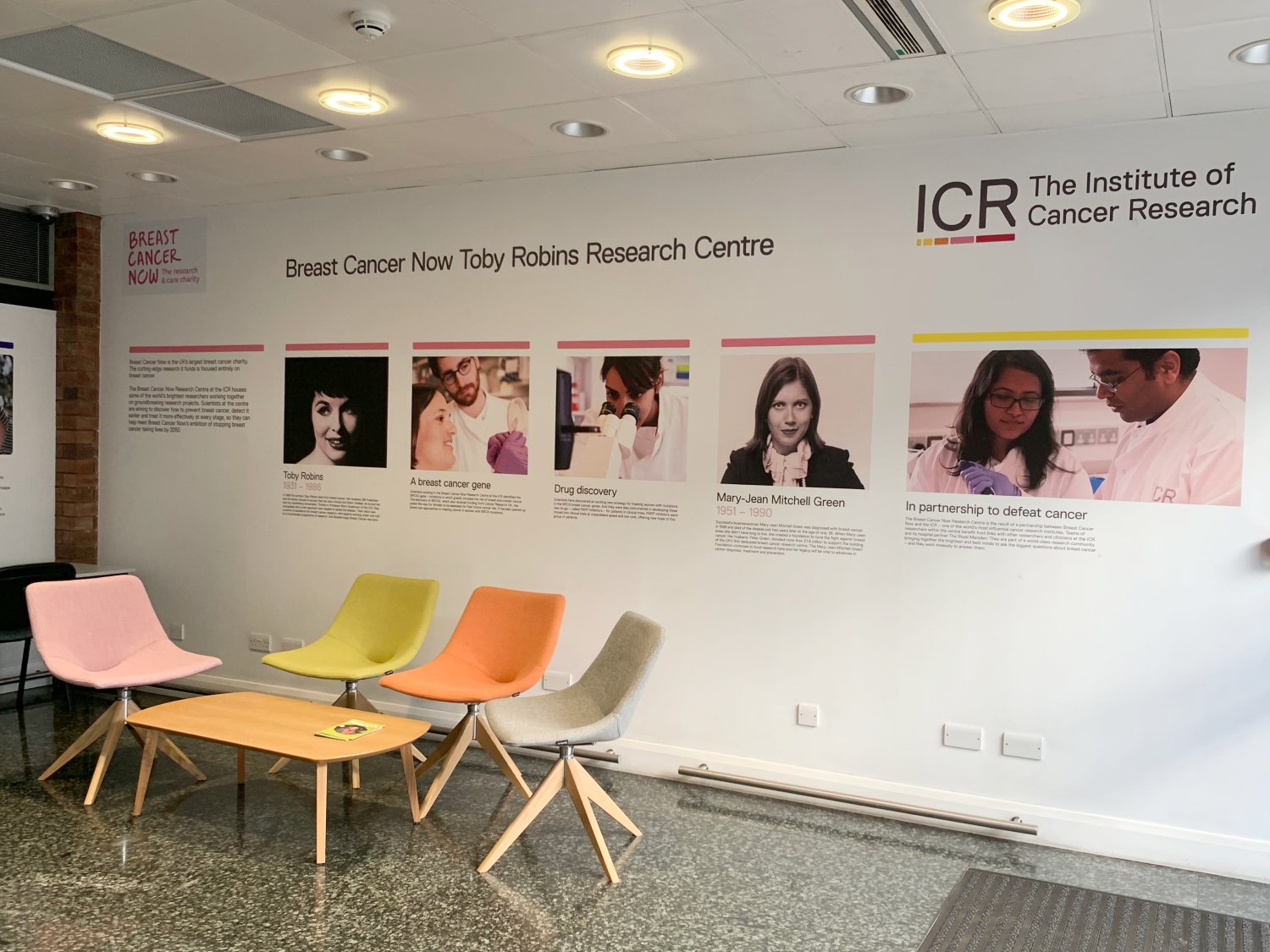Scientists at The Institute of Cancer Research, London, have identified a gene that affects how ovarian clear cell carcinoma (OCCC) could respond to a new class of drug called ATR inhibitors.
In clinical trials, ATR inhibitors have demonstrated efficacy as a treatment for various types of cancer, but they do not work for everyone.
In this new study, the team showed that a certain type of mutation in the protein phosphatase 2A coding gene (PPP2R1A) makes cancer cells sensitive to ATR inhibitors, increasing the likelihood of a positive treatment outcome. This finding could, in the future, allow clinicians to ensure that only the patients likely to benefit from the use of ATR inhibitors, such as those with a PPP2R1A mutation, receive them.
This work was funded by Breast Cancer Now, as part of Programme Funding to the Breast Cancer Now Toby Robins Research Centre at The Institute of Cancer Research (ICR), and by Cancer Research UK. The findings were published in the journal Oncogene.
A cancer of unmet need
OCCC, which gets its name from the ‘clear’ appearance of the cells in its tumours, is a distinct type of ovarian cancer that accounts for 5–15 per cent of cases. It can be an aggressive form of cancer and is often difficult to treat effectively. Chemotherapies that are commonly used in the treatment of other types of ovarian cancer are largely ineffective in OCCC. As a result, there is an urgent need to identify new, more effective treatments for this disease.
ATR inhibitors are currently being tested in multiple clinical trials. These new drugs work by blocking the ability of cancer cells to fix damage to their DNA. As cells with damaged DNA cannot divide to form further cells, ATR inhibitors help prevent tumour growth.
ATR inhibitors have the potential to target cancers with high levels of DNA damage or certain DNA repair defects, but identifying the precise mutations that cause sensitivity – meaning a higher chance of the treatment working – has been difficult.
Identifying a potential biomarker
To identify possible genes that regulate ATR inhibitor sensitivity in OCCC, the researchers used an approach called CRISPR screening, which allowed them to assess more than 18,000 genes. The scientists mutated each gene in turn and assessed whether this made cancer cells sensitive to an ATR inhibitor.
This large-scale screen revealed that loss-of-function mutations in PPP2R1A cause ATR inhibitor sensitivity. By making additional mutations in the gene, the team showed that the same PPP2R1A mutations that are seen in women with OCCC make cancer cells sensitive to any one of a range of different ATR inhibitors being assessed in clinical trials.
The researchers hope that this new information will help inform the design of future clinical trials of these treatments in a relevant group of patients.
Stratification could improve overall outcomes
Senior author Professor Chris Lord – who is based at the Breast Cancer Now Toby Robins Research Centre at the ICR, where he is Deputy Head of the Centre and the Division of Breast Cancer Research, Group Leader of the CRUK Gene Function Laboratory and Professor of Cancer Genomics – said:
“The poorer prognosis associated with advanced OCCC means the identification of targeted approaches to treating the disease is of vital importance. We are pleased to have made further progress towards this by identifying PPP2R1A mutations as a way of identifying patients who could benefit from treatment with an ATR inhibitor.
“It is possible to detect PPP2R1A mutations with commonly used tests, meaning we could select the patients most likely to benefit from treatment with ATR inhibitors.
“We are hopeful that future work will reveal additional options for treatment stratification, allowing all OCCC patients to receive an effective targeted treatment, regardless of which genes are mutated in their cancer. Once we get to that point, we will really start to see a significant improval in the survival rates for this cancer.”
For now, the researchers believe the next step is to assess PPP2R1A mutations as a biomarker of ATR inhibitor sensitivity in clinical trials.



